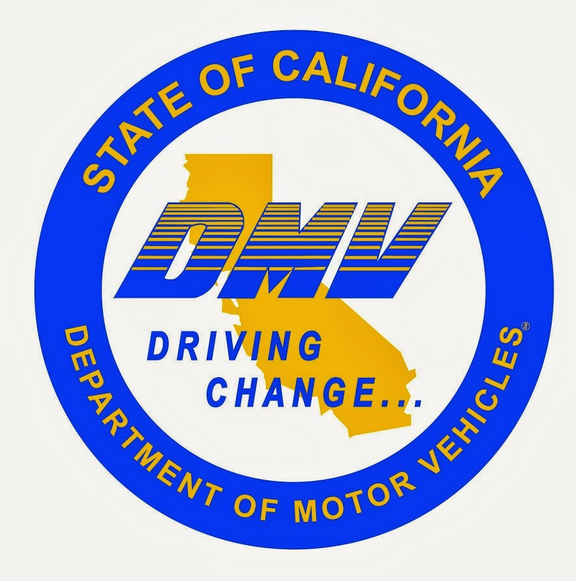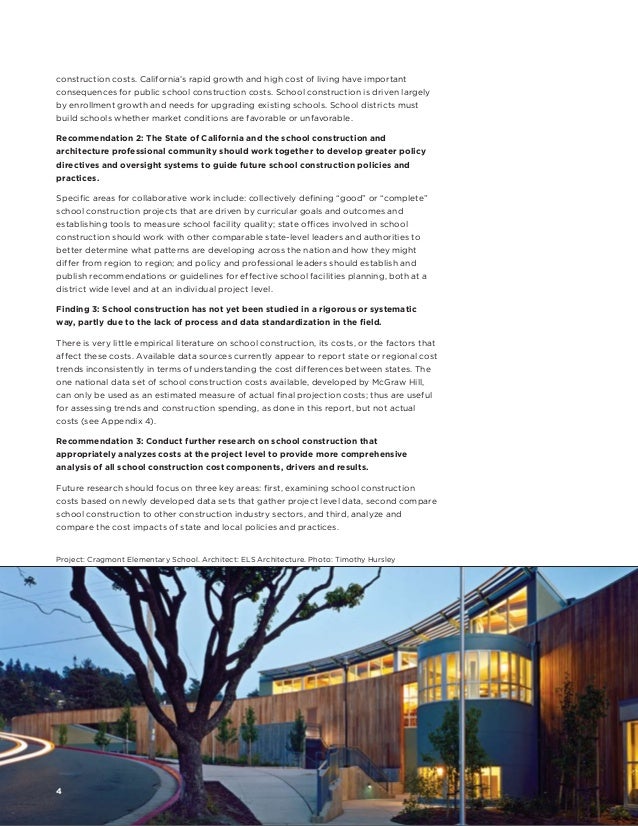California Driver History Report Abbreviations For Words
Posted By admin On 27.01.2019 SharesIf you’ve been driving for a while, you know probably know a lot of the driver lingo for Uber and Lyft: Surge, Quest, Boost, pinging, TOS, etc. But if you’re a new driver, these terms can be confusing. There’s no official Uber or Lyft manual (although you can check out our Ultimate Guides to and!), so it’s not like you can even look up what all this stuff means.Luckily for us, senior RSG contributor John Ince has been collecting rideshare abbreviations for us for a while and has put together the Ultimate Guide to Rideshare Driver Lingo. If you’ve ever wondered what a TCP is, or why anyone would “pee in the POOL”, John has you covered.
- California Driver History Report Abbreviations For Words And Answers
- California Driving Record Codes
- Short Abbreviations For Words
Did we miss any lingo? Leave a note in the comments and, if it’s a good one, we’ll add it to this list! The App: Once considered an amazing breakthrough and the guts of the ride-hailing revolution.
Now it’s ho-hum at best and a source of major frustration at its worst. Drivers quickly learn that the app sometimes doesn’t behave properly, much to the chagrin of passengers who regularly dole out punishment in the form of a ding.Autonomous Vehicle: All the rage in Silicon Valley and Detroit these days. Autonomous means free of human control. In other words, there’s no driver.

If you’re somebody who makes a living behind the wheel, autonomous vehicles – aka robotic vehicles, aka driverless cars – are the enemy. Fortunately, autonomous vehicle researchers haven’t quite figured everything out yet.Autonomous vehicles won’t exist in their ideal state for a long long time – maybe never. Will driverless cars ever be able to manage urban complexity and unpredictable situations the way rideshare drivers do? Only time will tell.
Meanwhile, there’s a bigger problem – convincing passengers to trust their lives with a developing technology.Boober: Suggestive term concocted by Uber’s former CEO. Precise definition subject to dispute depending on sex, age and current state of inebriation. How bro can you go? Pretty low apparently.
Hopefully we can relegate this term to the scrapheap of Uber history.Business License: Technically, rideshare drivers are business owners and, in, this means drivers have to have business licenses. Basically, you’re paying money to tell the city/state you’re a business and then they approve you to go ahead and “be a business” – i.e.
Rideshare drive.Chase the Surge: A driver strategy that very seldom works. Driver sees red on the screen and bolts in that direction only to see the red disappear when they arrive and get a no-surge ping back in the area he/she just came from. Veteran drivers almost never chase the surge. Instead they anticipate the surge and are there when it happens.Dashcam: Small video camera mounted on the dashboard or rearview mirror. Increasingly seen as a for drivers. Not needed until it’s needed, then it could be a lifesaver, especially if passenger makes up stuff or if you’re in an accident.Dead Miles: The miles you drive when you’re not earning anything.
 Fans will be able to buy a package in which three DVDs, two live CDs, a special box, and a photobook will be able for purchase as a bundle. Another bundle that will be available will include two blu-ray disks, two live CDs, a special box, and a photobook. Fans will also have the option to individually purchase the two disk DVD set or the two blu-ray disk set without the live CD, special box, and photobook. After completing their, BIGBANG released an action packed teaser for their upcoming DVD on February 26th.BIGBANG’s JAPAN DOME TOUR 2014 2015 ‘X’ DVD will be available in four different packages.
Fans will be able to buy a package in which three DVDs, two live CDs, a special box, and a photobook will be able for purchase as a bundle. Another bundle that will be available will include two blu-ray disks, two live CDs, a special box, and a photobook. Fans will also have the option to individually purchase the two disk DVD set or the two blu-ray disk set without the live CD, special box, and photobook. After completing their, BIGBANG released an action packed teaser for their upcoming DVD on February 26th.BIGBANG’s JAPAN DOME TOUR 2014 2015 ‘X’ DVD will be available in four different packages.
Long pickups increase dead miles.Dead Time: The time drivers spend waiting for a ping.Ding: Give a bad rating as in Who dinged me? Dings are the bane of being a rideshare driver.Often there seems no rational explanation for a ding. Sometimes you get really mad when you get dinged for no good reason. That’s why Uber and Lyft do their best to make sure you will never know who dings you.ETA: Estimated Time of Arrival. For rideshare drivers, how far away a passenger is from your location. Passengers with lower because then you’re driving less unpaid miles.Indefinite Pin: A telltale sign of a drunk, stoned or new passenger.
They put the pin (passenger location) down in the wrong place and you don’t find out until you’ve driven a mile away from where the passenger actually is. You call and discover the error. Pax then dings you for going exactly where the passenger told you to go.Independent Contractor: It’s what the TNCs call drivers, mostly because it means they don’t have to pay expenses that they’d have to pay if drivers were classified as employees – like gas, maintenance, insurance and unemployment. The drivers’ classification as independent contractors is being challenged in the courts.The long term prospects don’t look good for the TNCs. Huge issues loom over the inaptly dubbed sharing economy.
California Driver History Report Abbreviations For Words And Answers
Uber uses the term nimbly when arguing before a court of law, but then belies the claim by autonomously controlling driver behavior through measurements of acceptance and cancellation rates. They dangle bonuses in front of the eyes of drivers, all of which depend upon meeting certain conditions.By not telling the driver where he or she is going, you’re essentially required to accept rides that don’t necessarily make sense for you economically. You can cancel but cancel too many rides and you could be deactivated. The precise threshold is never specified, making the threat even more effective. In other words, Uber’s “independent contractors” have to play the game by Uber’s rules and using Uber’s measurements of their performance. In the final analysis, Uber/Lyft engineers call the shots – even though in name drivers are independent.Lyft Line: Lyft’s version of UberPOOL.

Equally distasteful to drivers.PAX/pax: Drivers’ abbreviation for passenger. Pax come in all shapes and varieties. Some are sober. Some are drunk. Some are nice. Some are not nice. All passengers share one quality – they all want to get from Point A to Point B quickly, safely and cheaply.
If you as a driver can keep that one thing in mind, you’ll do just fine with all passengers whoever and whatever they are.Periods 1 through 3: You will want for all three of these periods, but luckily they’re not too hard to understand:. Period 1 – Online & WITHOUT a ride request. Period 2 – Online & WITH a ride request (en route to pick-up, waiting for rider to come out, etc). Period 3 – Online & with rider in carUber and Lyft only cover periods 2 and 3. Most rideshare (add on coverage to your existing auto insurance policy) will cover you for all three periods.Pickup: Often the most problematic aspect of being a driver, especially on busy downtown streets where there’s no place to legally pull over.
Messy pickups are a constant source of frustration for drivers.Ping: That melodious sound that emanates from your smartphone when a passenger requests a ride. It’s named because of the distinctive and arresting sound the app makes. You know you’ve been driving too long when you start hearing pings in your sleep.Pee in the Pool: Irreverent driver response to UberPOOL. Ignoring the request or accepting and immediately canceling.Prime Time: Lyft’s version of Uber’s surge.Rideshare Insurance: The that most drivers should have but don’t. It’s a specific product with specific terms for drivers, designed by some insurance companies in response to the explosion of this new kind of quasi-professional driver.
Uber/Lyft don’t check so most just drive without it and hope nothing bad happens. Editor’s note: We don’t recommend rideshare driving without insurance. You can read what happens if you and you can.Ridesharing: Orwellian term to describe what the Uber and Lyft apps make possible. The Associated Press advises use of the term “ridehailing” instead because there’s no true sharing in ridesharing – except the sharing of.Surge: Controversial Uber practice of charging passengers some multiple of a normal fare usually expressed in the form of 2.3x. Uber defends surge saying it’s their way of balancing supply of riders with passenger demand.
Critics say it’s just Uber’s way of gouging customers at their time of greatest need.TCP: The license issued to commercial drivers in California by the California Public Utilities Commission TK: Travis Kalanick, Uber’s former CEO.TLC licensing: Taxi and Limousine Commission in New York City.TNC: Abbreviation for Transportation Network Companies, which is what the regulators call the Uber and Lyfts of the world. Taxi drivers hate the classification because, they argue, it tilts the playing field towards TNCs.
Ongoing battle TOS: Terms of Service. These are the terms you probably agreed to without reading.
California Driving Record Codes
These terms are now subject to some of the.UberPOOL: Multiple pickups and dropoffs in the same ride. Seldom works smoothly but (until recently) PAX got lower fare. Most drivers hate it because they’re constantly interrupted by new ride requests often distracting them from the road or passenger interaction. The are those who are working towards a bonus and need to reach X number of rides to meet their target.Underage Passenger: Anyone who is trying to use the Uber or Lyft platform who has not yet reached their 18th birthday.
Short Abbreviations For Words
Always a headache for drivers. Do you refuse the ride, forfeit the fare and write off your driving time there as a complete waste? Or do you just look the other way and give them a ride? Exception: Drivers, did we miss any lingo? Let us know in the comments and let us know what you think of this guide to rideshare lingo!
List of Commonly Used AbbreviationsBy YourDictionary Abbreviations are shortened forms of words or lengthy phrases. You'll find them in almost every discipline and area of life, from commonly used abbreviations in names or titles, such as Mr. For Mister or Pres. For President, to less commonly used abbreviations, such as the short version of the word abbreviation itself, which is abbr.There is more than one type of abbreviation. An acronym is a new word created from the initial letters of a long name or phrase, for example, NATO (North Atlantic Treaty Organization). An initialism is where a long phrase is abbreviated to its initial letters but the letters are pronounced individually, not spoken as a word — for example, FBI (Federal Bureau of Investigation).
An initialism can be considered a type of acronym.The U.S. Is itself a well-established abbreviation, as are the shortened forms of the 50 states, like NY for New York. As you will see in the following list of commonly used abbreviations they exist in all areas of life from medicine to military and geography to baking.